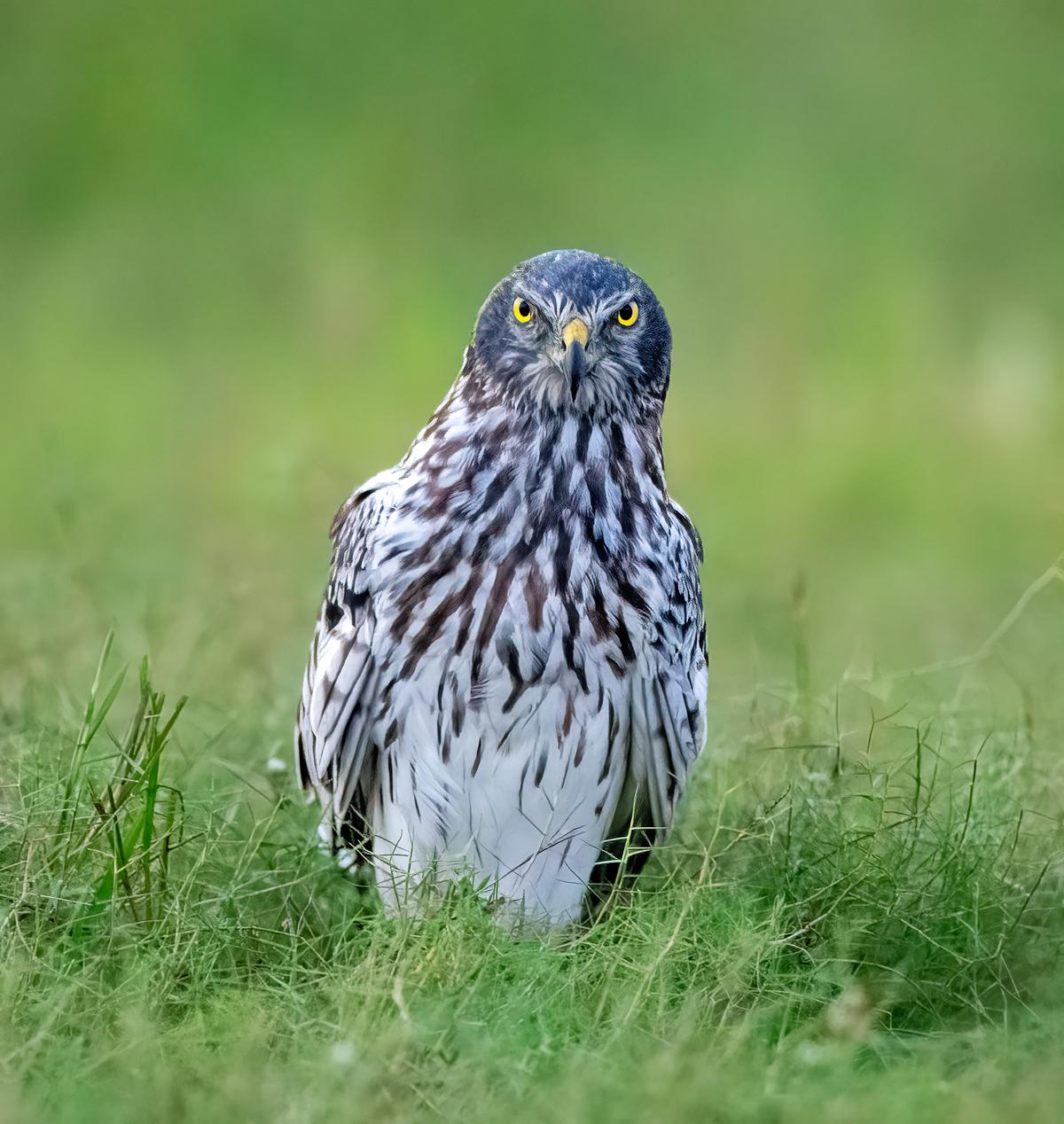The eastern marsh harrier that was spotted
| Photo Credit: R Karthik
It is just the thing every birder hopes for: the sighting of a rare feathered friend. For city birder R Karthik, it was the eastern marsh harrier. He spotted it two weeks ago at Madurantakam lake near Vedanthangal. “This is the first time a full-grown bird of the species was spotted in the region,” says Karthik, who shared the information with fellow birders, all equally thrilled to hear the news. “This bird can be usually sighted in South Korea and Taiwan, and there is no record of it so far in Chennai.”
Karthik, who regularly visits Madurantakam for birding, spotted the raptor late in the evening, when there was hardly any light. “It was roosting between the tall grass at the grassland inside the lake,” he points out, adding that he had around 10 minutes to shoot pictures of it. “I did so with great difficulty since it is a shy bird. Also, other harriers and drongos were chasing it since it looked different from regular visitors at the lake.”

The eastern marsh harrier spotted near Chennai
| Photo Credit:
R Karthik
The eastern marsh harrier is a migratory bird. “It had travelled from Mongolia in October, entering India through Assam, passing through West Bengal and Andhra Pradesh before flying into Tamil Nadu, mostly taking the route along the shore over the Bay of Bengal,” explains Karthik. The bird makes this long journey in search of food since it is too cold to hunt at its place of origin during this time of the year.
“Chennai is its last stop, and its return migration has begun,” Karthik points out, adding that he initially shared the information only among serious birders since he did not want the habitat to be invaded by crowds. “Now that it is going back, birders in States such as Odisha and Andhra Pradesh can try to spot it too,” he says.
Sighting the eastern marsh harrier is not easy. Karthik, who has been birding since 2010, says that this is possible only for experienced birders, mainly because the bird comes to roost towards dusk, when light is low. He shares that he also spotted the pied harrier around the same time which is another rare bird that has flown in from South Korea.